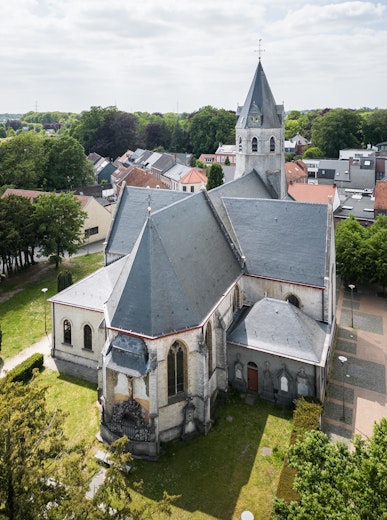How B-juxta restores bat-friendly
This week, Agentschap voor Natuur en Bos launched a video on bat-friendly interventions in heritage buildings.
Bats often have very specific needs when it comes to their shelter. Many bats choose warm, often historic attics to give birth to and raise their young. There, they can seek suitable temperatures from the ridge of the attic to the floor. Opportunities to crawl away also play an important role in their choice of abode: the presence of cracks and spaces in and between beams is very important. This is why the animals mainly choose attics of old buildings such as churches, castles and abbeys.
But more and more attics are being repurposed or hermetically sealed. When they are restored, the timber frame is treated with toxic products or bat colonies are unknowingly disturbed.
That things can be done differently is shown in a video on bat-friendly interventions in heritage buildings that was launched this week by the Agentschap voor Natuur en Bos (Agency for Nature and Forests). B-juxta colleague and heritage expert Anneleen contributed to the video and discusses the interventions used in the restoration of the St Andrew and Ghislenus church in Belsele. The Gruuthuse Museum also briefly passes by. It is a perfect example of the various aspects that require consideration during restoration projects.
Watch the video here.


